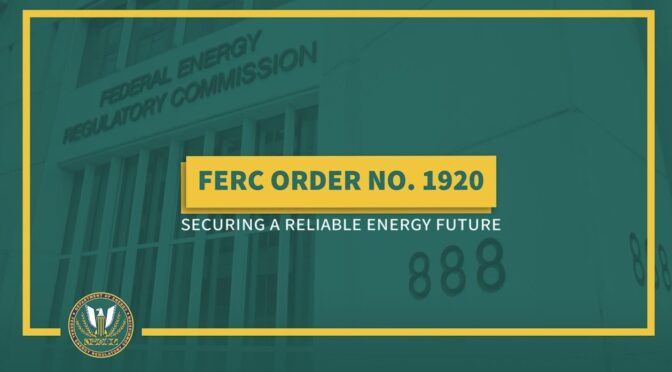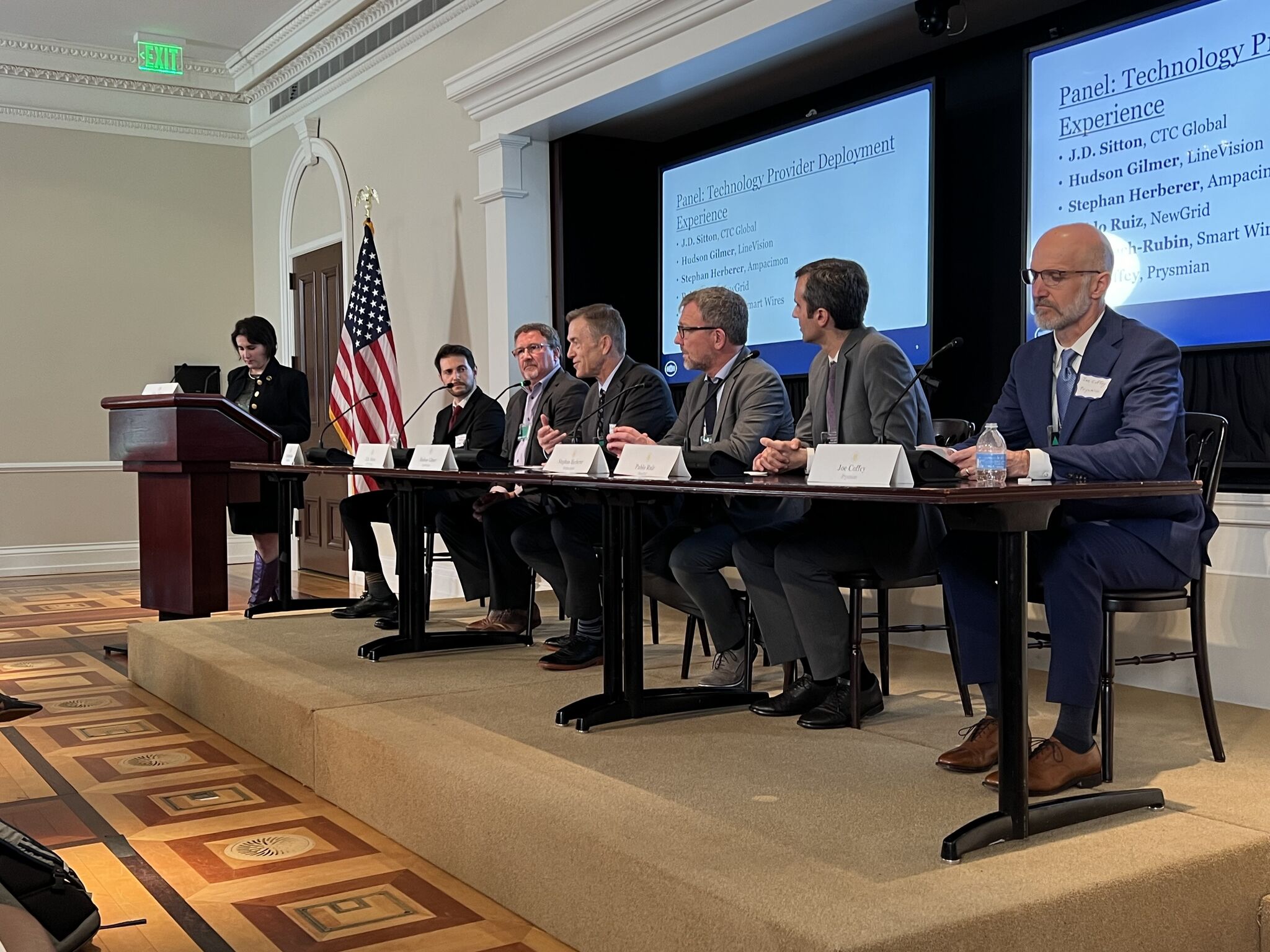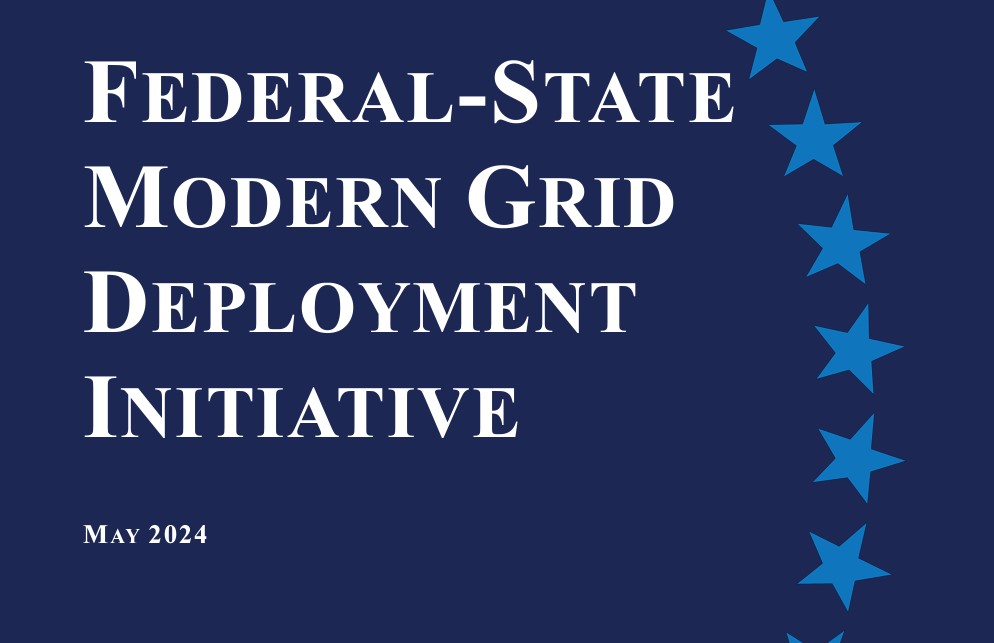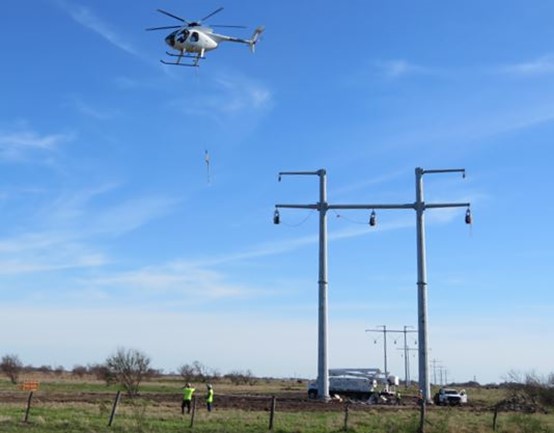The Federal Energy Regulatory Commission (FERC) issued Order No. 1920 on May 13, 2024, marking a pivotal moment in the evolution of transmission grid planning in the United States. This order aims to expedite the expansion of transmission grids and enhance regional planning strategies to meet growing energy demands and ensure grid reliability in the face of evolving energy landscapes.
Key impacts for Advanced Conductors
At its core, FERC’s Order No. 1920 emphasizes the need for utilities to conduct rigorous benefits analyses when proposing new transmission projects. These analyses must evaluate seven key benefits, ranging from reliability improvements to cost savings, ensuring that each project provides measurable advantages to consumers and the broader electricity grid. At least two (2) of the benefits required to be evaluated include the low-loss benefits resulting from low-resistance Advanced Conductors: transmission losses and the capacity reduction due to the reduced transmission loss at peak conditions. Advanced Conductors, such as the ACCC® Conductor, are highlighted in optimizing transmission efficiency and reliability, aligning with FERC’s objectives to modernize grid infrastructure and mitigate operational challenges.
Effective from August 12, 2024, Order No. 1920 mandates transmission providers to adopt a comprehensive 20-year planning horizon. This forward-looking approach requires utilities to assess various scenarios that include projected electricity demand, changes in energy resources, technological advancements, and regulatory developments. This transmission planning process also requires actively integrating advanced transmission technologies, including Advanced Conductors like the ACCC® Conductor, into their infrastructure strategies.
Other key changes:
By embracing a longer planning horizon and periodically revising their strategies every five years, utilities can better anticipate and prepare for future transmission needs, thereby enhancing grid resilience and efficiency.
Furthermore, the Order introduces critical revisions to local planning processes to bolster transparency and stakeholder engagement. These enhancements address gaps identified in previous regulatory frameworks, particularly stemming from Order No. 1000 issued in 2011. Enhanced stakeholder engagement remains paramount to upholding transparency and public trust throughout the planning and implementation phases. As utilities and regulatory bodies navigate these complexities at both state and federal levels, close coordination and collaboration will be crucial to resolving potential conflicts and ensuring alignment with broader energy policy objectives. Establishing robust monitoring and reporting mechanisms will further facilitate ongoing assessment and refinement of transmission planning efforts, promoting adaptive responses to evolving regulatory and market conditions.
Summary:
FERC’s issuance of Order No. 1920 represents a significant milestone in the trajectory of transmission grid planning and regulation in the United States. By setting forth clear guidelines for long-term planning, benefits analysis, and stakeholder engagement, the order seeks to foster a more resilient, efficient, and transparent electricity transmission infrastructure. Moving forward, utilities face the task of submitting comprehensive compliance filings by June 12, 2025, while potentially seeking extensions pending rehearing decisions, underscoring the ongoing evolution and adaptation of regulatory frameworks to meet emerging challenges in the energy sector.
Ultimately, continuous improvement in transmission planning processes is essential to meet the evolving needs of consumers, enhance grid reliability, and support the transition to a more sustainable energy future. The Order clearly recognized the need to consider Advanced Transmission Technologies, like Advanced Conductors including ACCC® Conductor, in the planning process to provide lower cost transmission capacity as well as the energy saving and capacity reduction benefits of reduced transmission losses that Advanced Conductors enable. By embracing the principles outlined in FERC Order No. 1920, stakeholders can collectively advance the resilience, efficiency, and reliability of the nation’s electricity transmission infrastructure, paving the way for a more secure and sustainable energy landscape in the decades to come.





